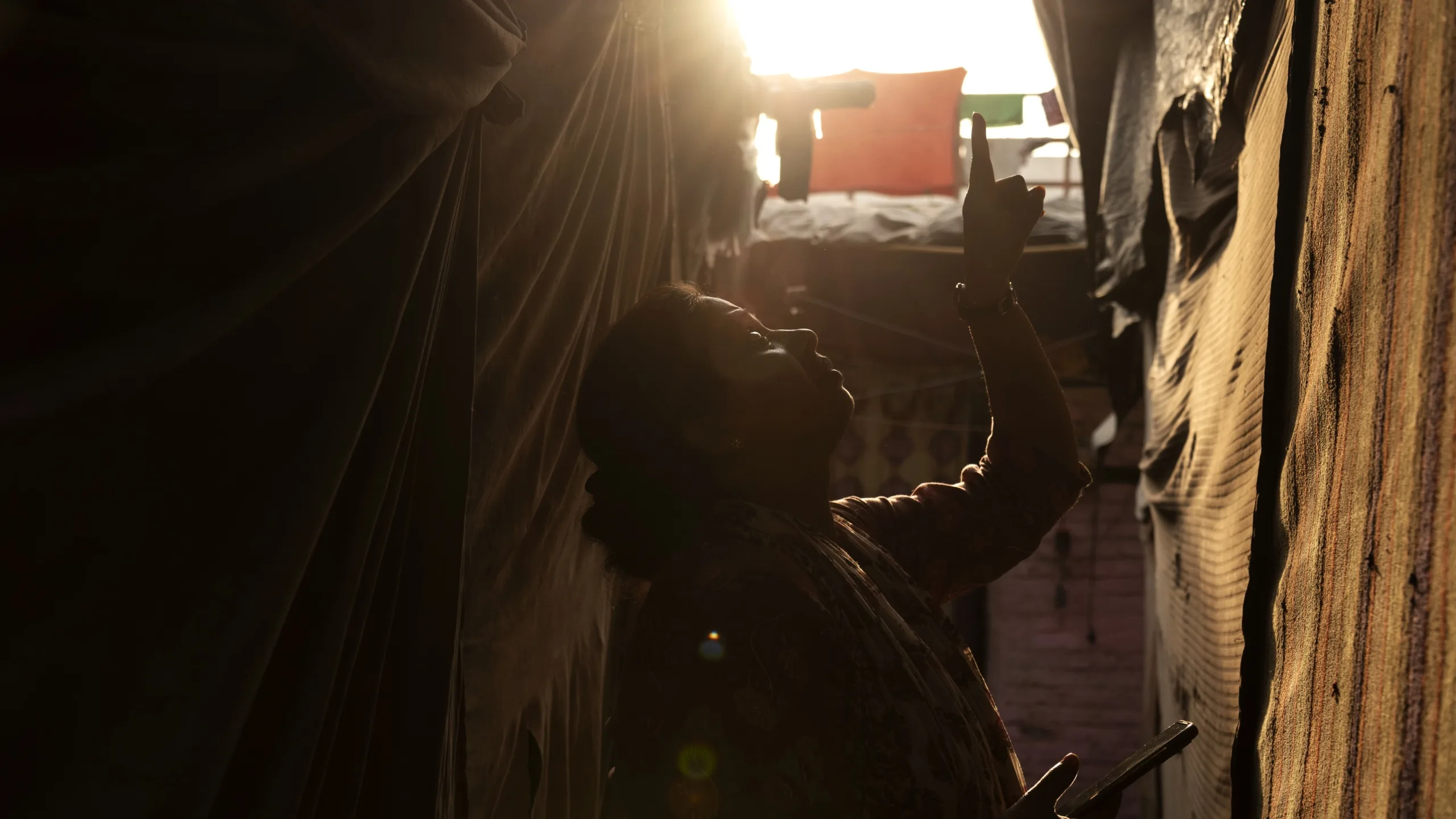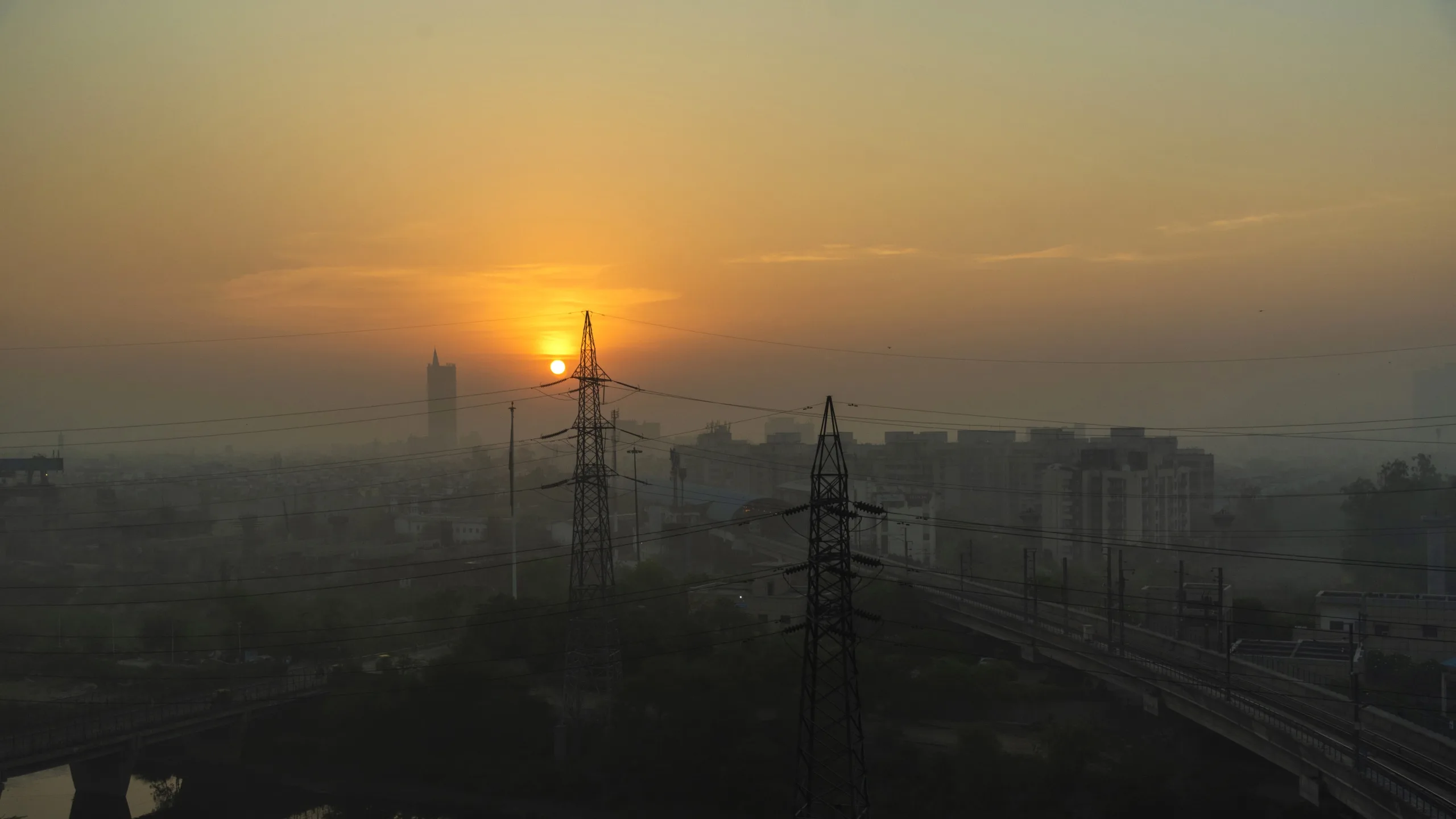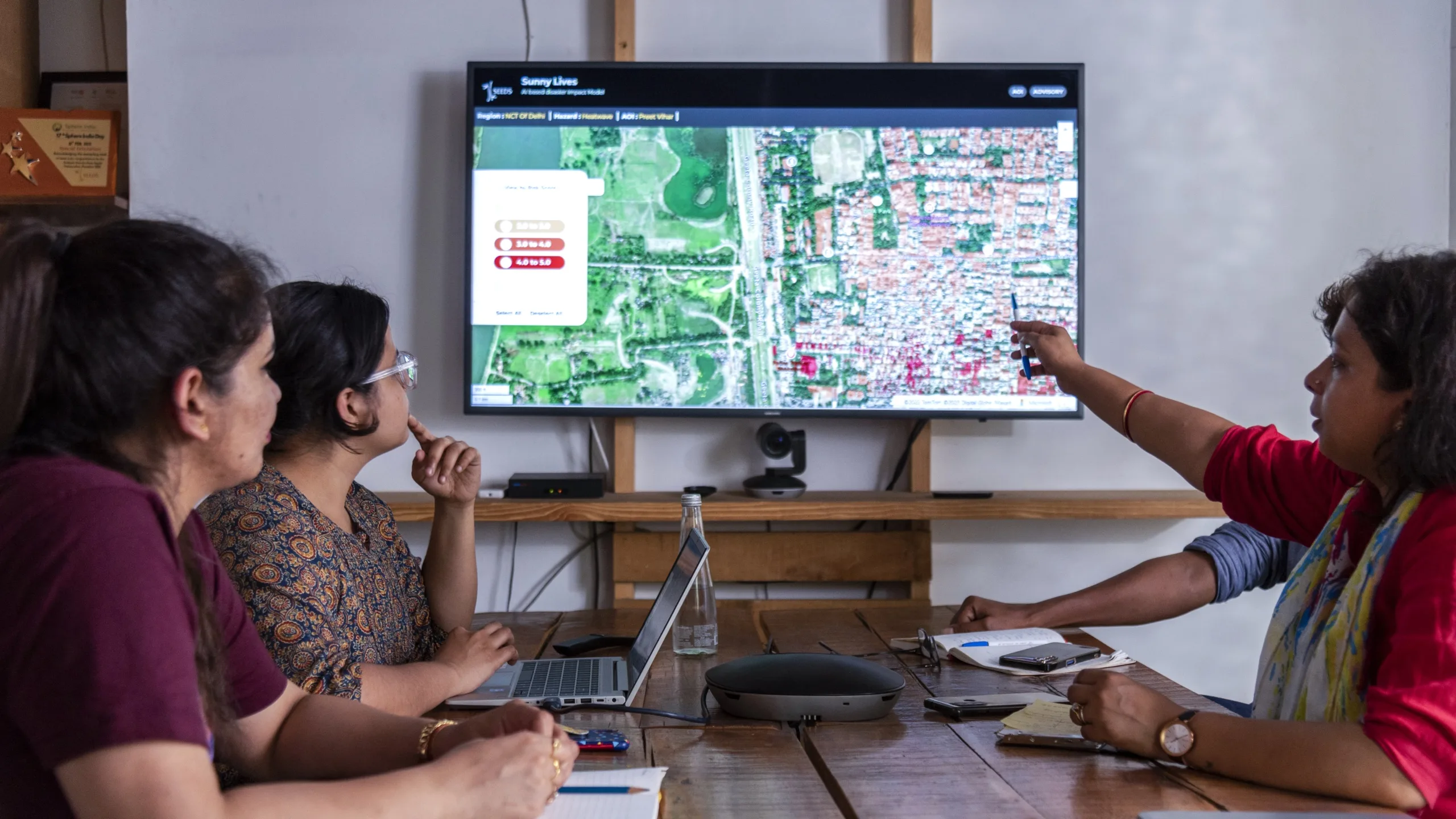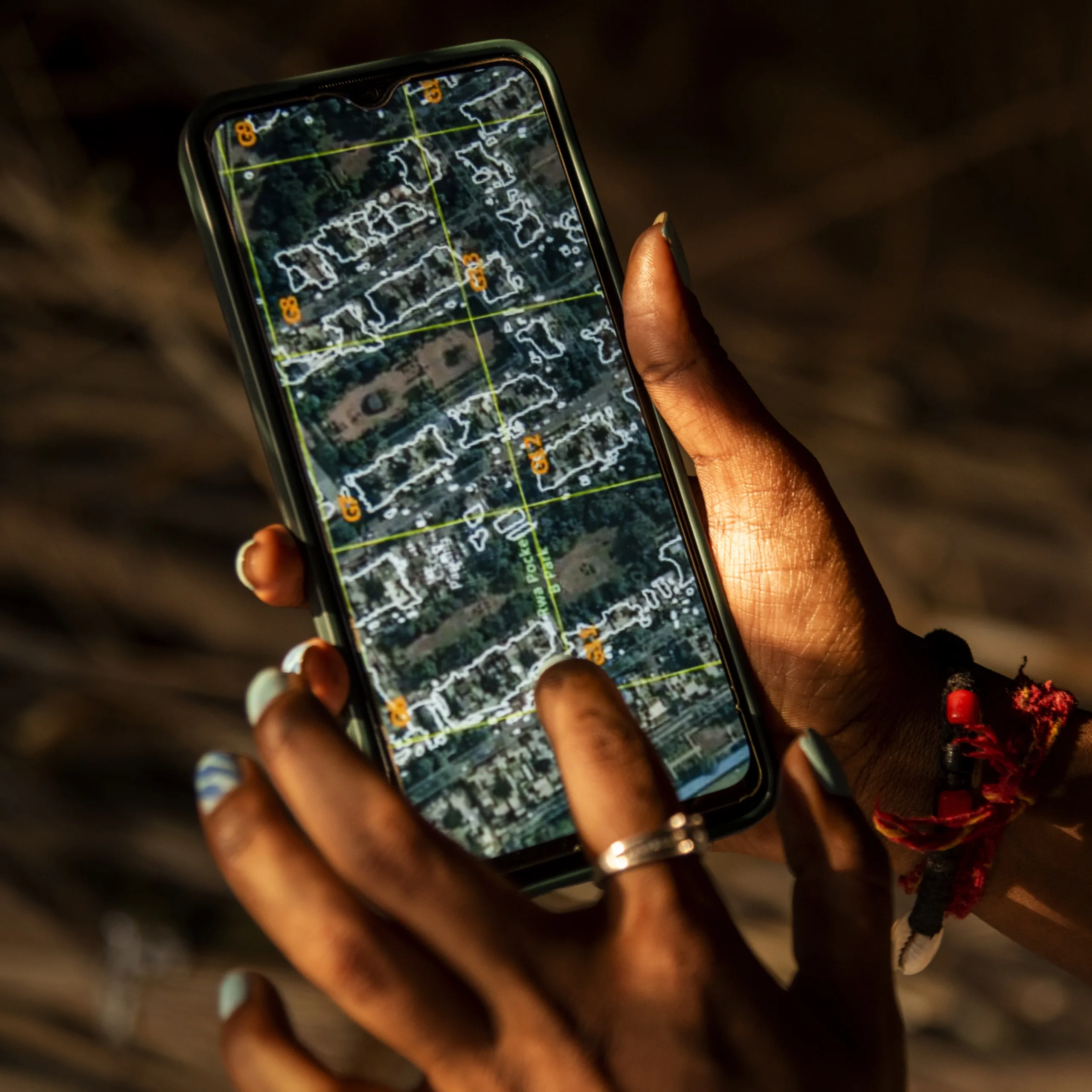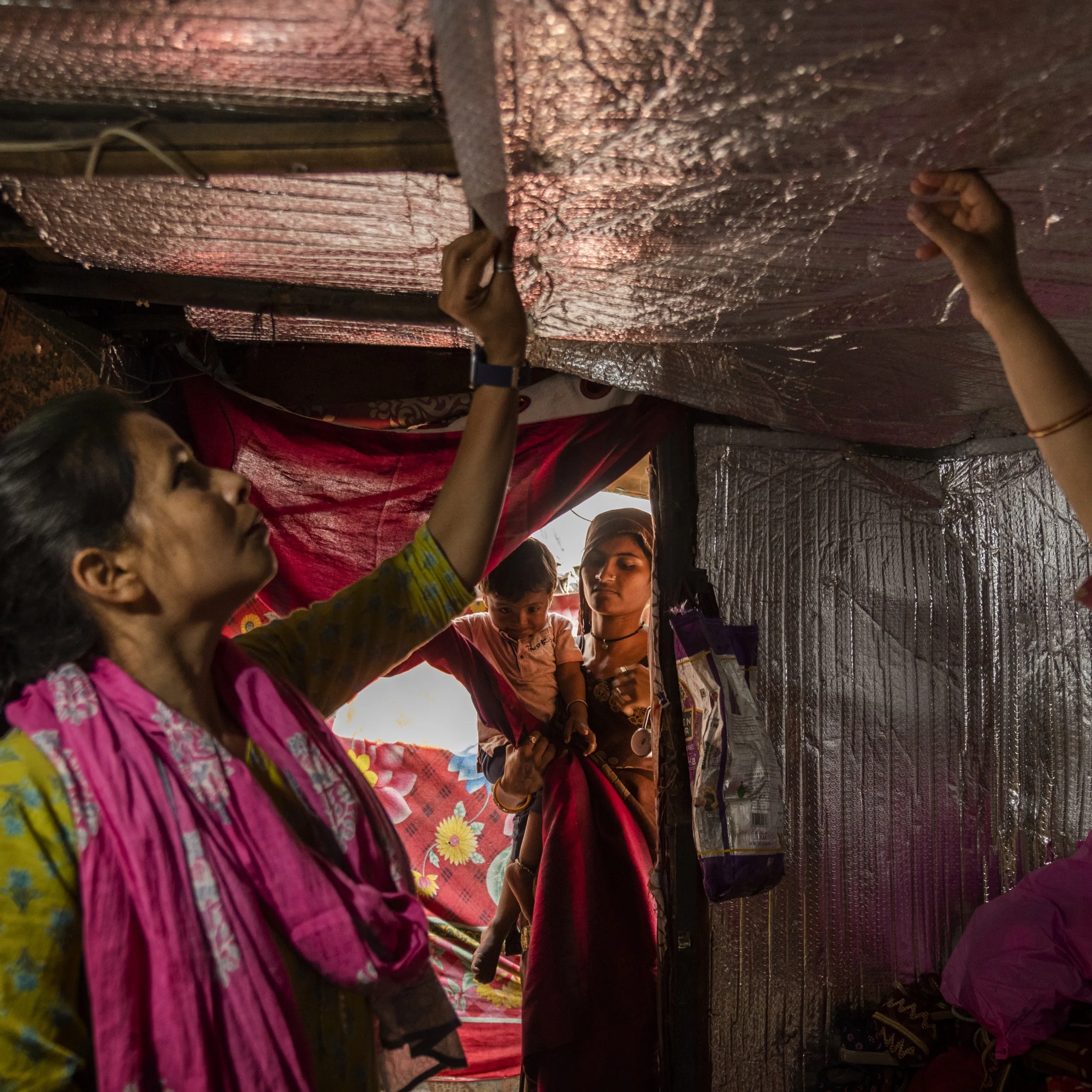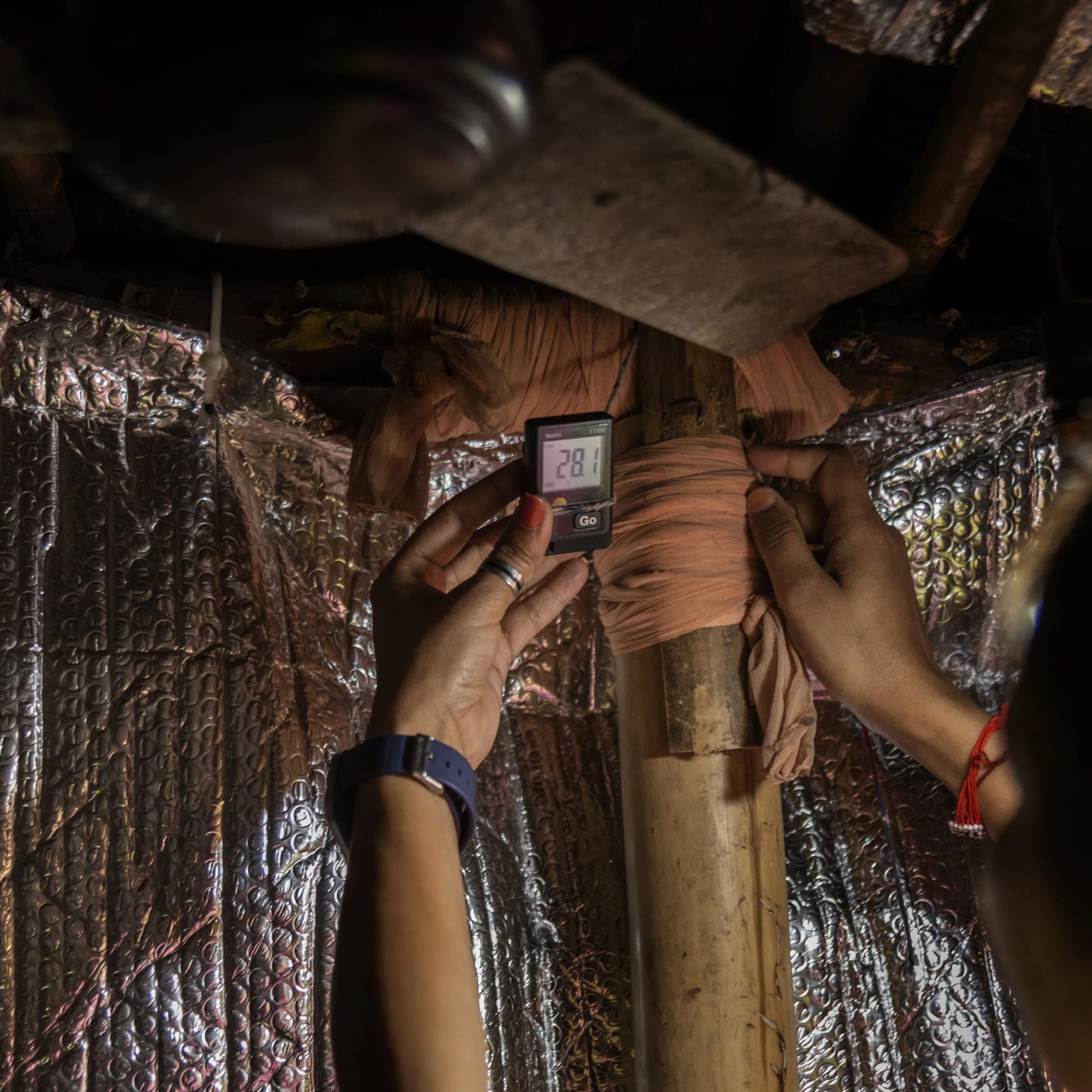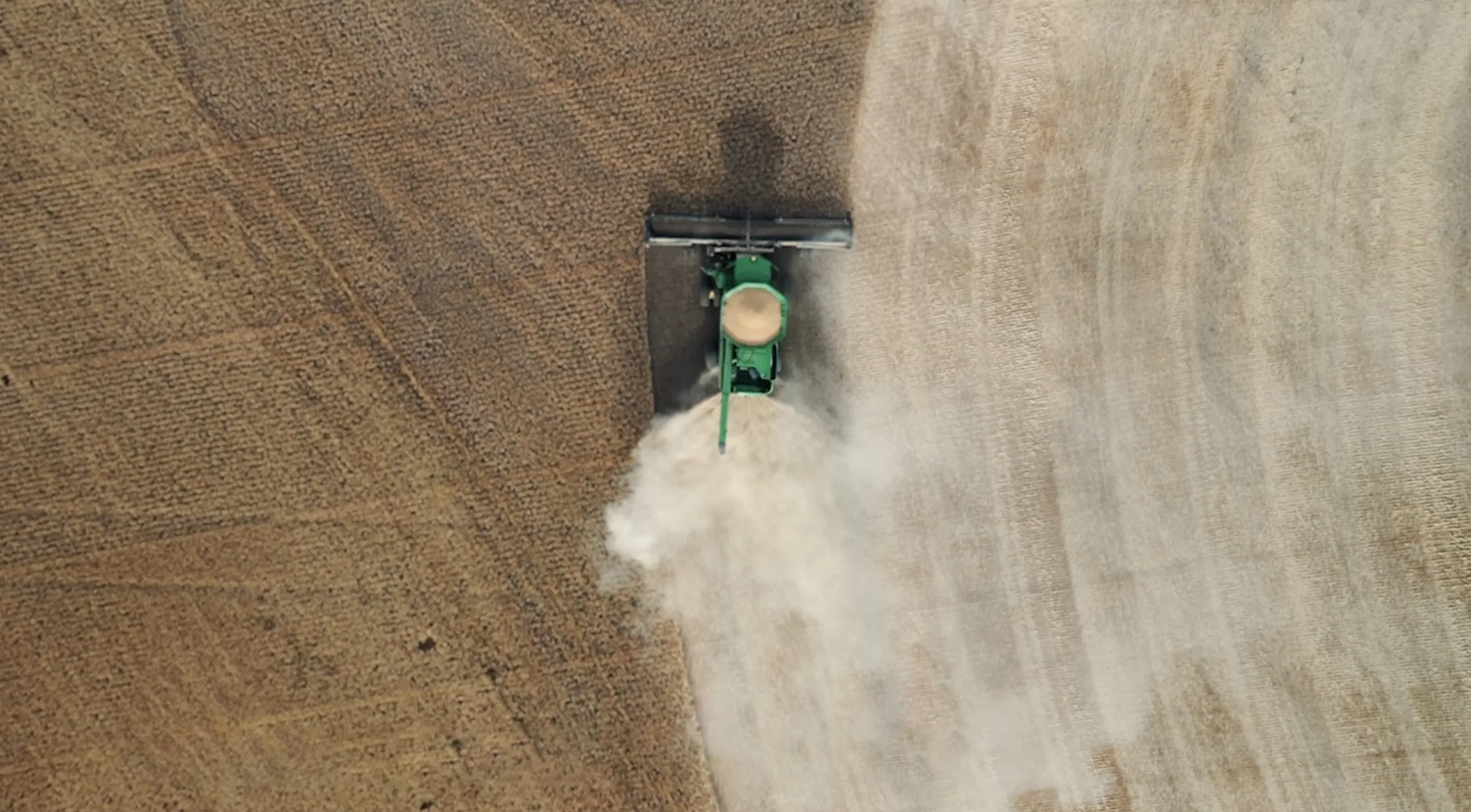Delhi’s climate is extreme. Winter wraps the area in dense fog and cool air. Monsoon season unleashes torrential rain, often sending the Yamuna River rushing over its banks into nearby villages and valleys. But summer is the most intense. An unbearable heat blankets the city from April to June. In this window, the temperature begins its brutal climb.
95° F/35° C… 110° F/43° C… 120° F/48° C…
Nobody accepts that heatwaves are a threat. They say, ‘It’s hot everywhere, what’s so special about our area?’ Yet, every day people suffer heatstroke, diarrhea, dehydration—even sunburn so severe their faces are unrecognizable.
Even the smallest flame—like a candle or kiln fire—will burn for days. Never dying out. It’s an emergency, but many don’t see it that way. Because they can’t see it at all.
As disasters, cyclones command attention. You can physically see their fury. Wind ripping homes apart. Floodwater swallowing entire villages whole. But heat is invisible. And to Rinki Gupta, that’s why it’s so dangerous.
The government advises people to stay indoors during the sun’s blistering peak, from 12pm-3pm. But rickshaw drivers, construction workers, and other daily wage laborers can’t sacrifice a day’s earnings. And for the millions of people living in Delhi’s densely packed dwellings, the temperatures inside their tin homes are even hotter than outside.
They’re who Rinki worries about. Because though they’re the most at risk of heat-related illness and death, they receive the least support.
That’s why she helps them.
Rinki’s motivation is personal
For much of her early life, she and her family fended for themselves. Against inequity. And extreme weather. Growing up in Bihar, a small village in East India bordering Nepal, dealing with disaster was just part of life.
We’d evacuate to the roof with all our food. Sometimes we’d stay for months until the water receded.
But instead of panicking every time the water encroached, her family prepared. “We’d hear from the neighboring village, ‘the water is coming, it will reach you in a day.’ So, my grandfather collected the gehu (wheat), rice grains, and other dry rations and put them on the roof beforehand. We’d use kerosene oil to light diyas (oil lamps) and made our own candles at home. We did this in advance so we would not be affected by the floods.”
The spirit of resiliency took root in Rinki and stayed with her even after she moved from Bihar to Delhi to get married. There, her father-in-law encouraged her education, helping her realize what she and her family lacked in Bihar: support. “When I started getting support in life, that’s when I noticed others weren’t getting it. It made me want to bring about positive change in other people’s lives.”
So, she vowed to do that. First, by working as a teacher helping educate and empower women. Then, as a social worker advocating for the needs of India’s Tribes. And now, as a project manager at SEEDS, where she unites her perseverance and passion for social good.
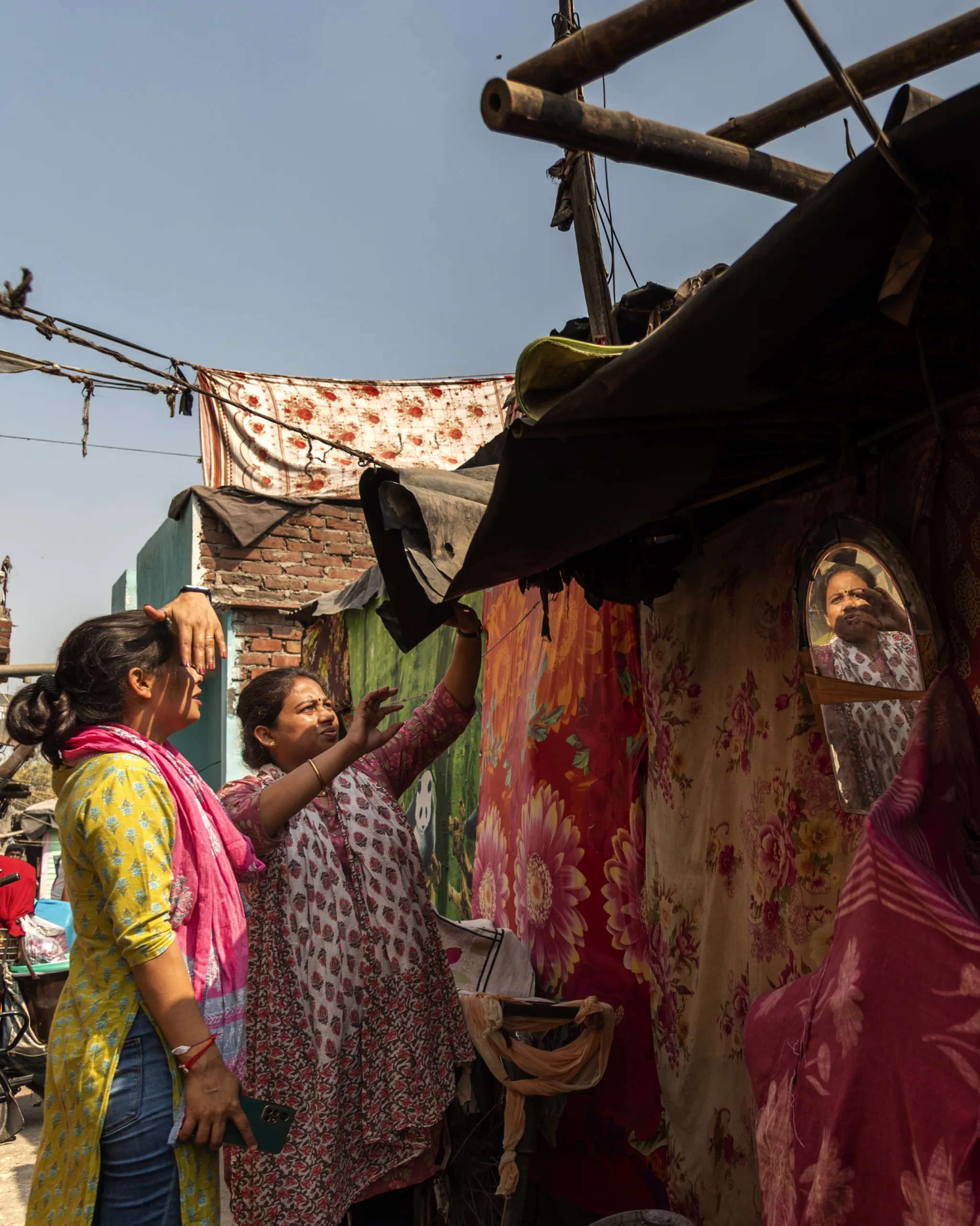
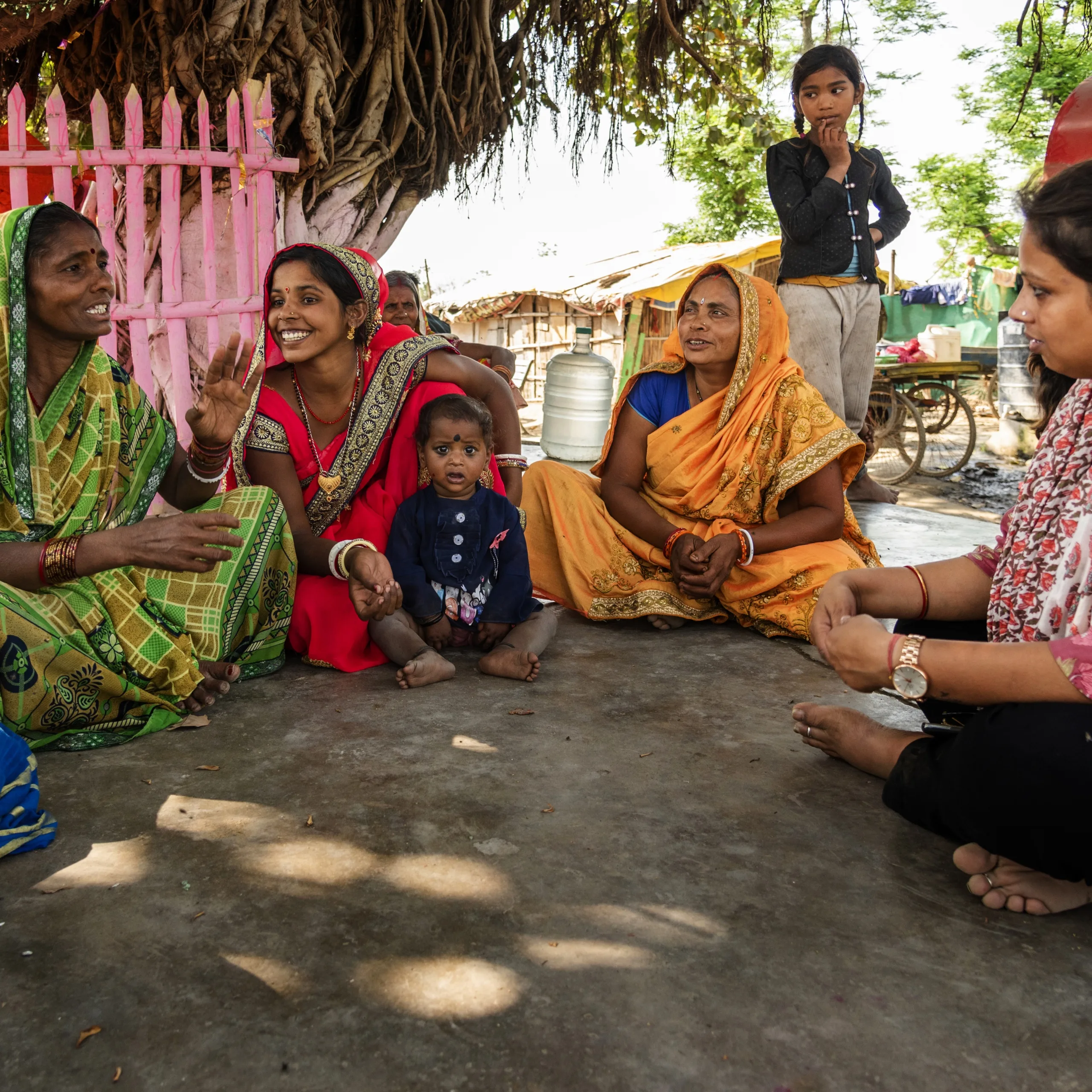
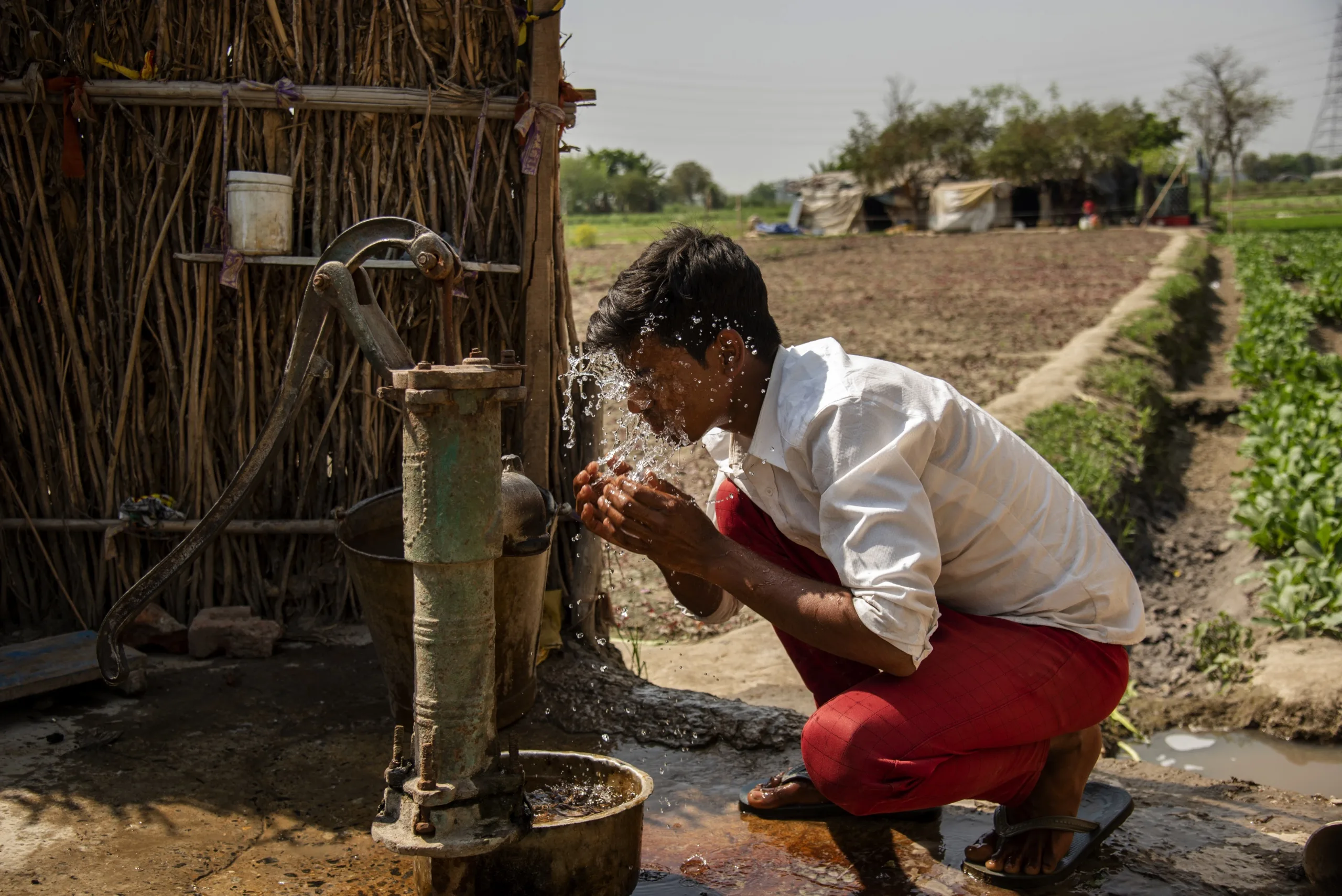
Standing up for the most vulnerable
At its core, SEEDS (which stands for the Sustainable Environment and Ecological Development Society) is a disaster management non-profit that uses technology to help vulnerable people build long-term resiliency against climate change. Co-founded in 1994 by Dr. Anshu Sharma and Dr. Manu Gupta, SEEDS has always looked out for the “invisible” people, like those in remote villages or low-income areas, whose needs are often ignored when governments make disaster response plans.
SEEDS initially focused on disaster relief, like rebuilding schools after an earthquake or coordinating aid for people displaced by floods. But they realized just reacting to disasters wasn’t enough. They needed to prepare.
In 2018, SEEDS received a Microsoft AI for Humanitarian Action grant. As part of the grant, SEEDS worked with Microsoft to develop an AI model that forecasts who’s likely to be most impacted by disasters. The model, coined Sunny Lives, works like this: after a disaster’s pathway has been predicted, Microsoft AI combines satellite imagery and hyperlocal weather data to create maps of affected areas. It calculates risk scores for every home within the area based on the material of its roof.
For example, if a cyclone’s barreling down on a coastal village in Odisha, homes composed of mud, branches, or palm leaves will score higher than those made of concrete or brick. With this granular insight from the AI, SEEDS can pinpoint their efforts around the exact people who need help the most.
They then deploy on-the-ground teams to meet with high-risk people to find solutions. Both in the short-term, like evacuating folks whose huts won’t survive the cyclone. And long-term, like fortifying homes with durable materials to withstand the next barrage.
As Rinki explains it, SEEDS’ work “helps people realize their right to life and dignity.”
Rinki (pointing) and her SEEDS colleagues look at a map created by Microsoft AI to find the homes most likely to experience severe temperatures.
Before SEEDS, Rinki knew nothing about AI. Now it’s vital to her work.
“In East Delhi alone, the population is about 20 lakhs (2 million). I cannot physically survey each person to find out who needs help the most. That’s why we rely on AI,” she explains.
As heatwave season approaches, the SEEDS tech team sends Rinki and other community mobilizers color-coded maps of homes located within affected areas.
Rinki uses these maps to prioritize outreach, but also to prove that heat risk is real. According to her, “Many people don’t believe they’re in danger. The AI gives us evidence. We use printouts or our phones to show that their homes are in the red zone and they’re at risk.”
Image carousel
This evidence-based approach helps Rinki build trust with communities, opening them up to receiving support. Sometimes that’s in the form of immediate care, like getting medical attention for heatstroke or dehydration. Other times—and what Rinki finds most encouraging—it’s building long-term heat-mitigation strategies, which became the subject of a competition co-sponsored by Microsoft and SEEDS.
“Initially, the Beat the Heat competition started with the basic goal of just reaching as many people as possible to ask for ideas to reduce heat. But we received over 14,000 innovative entries from people of all ages. We were pleasantly surprised!” she says.
She learned that farmers in the Yamuna Khadar region were lining their roofs with millet seeds and sprinkling them with water. Others covered their roofs with mud and grew vegetables like spinach—both cooling their homes and providing fresh food. And a woman named Razia discovered that layering jute sacks and bamboo mats on top of the tin shed in which she lived dropped the temperature by nearly 7° F/4° C.
“These are practical, cost-efficient solutions. And when people see their neighbors or friends adopt these practices, they’re more likely to do it themselves. They become community champions and help spread awareness better than we could on our own,” Rinki says.
How adapting a roof can cool a home
Resourceful community members cover their roofs with different materials to lower the temperature inside—sometimes by up to 7° F/4° C.
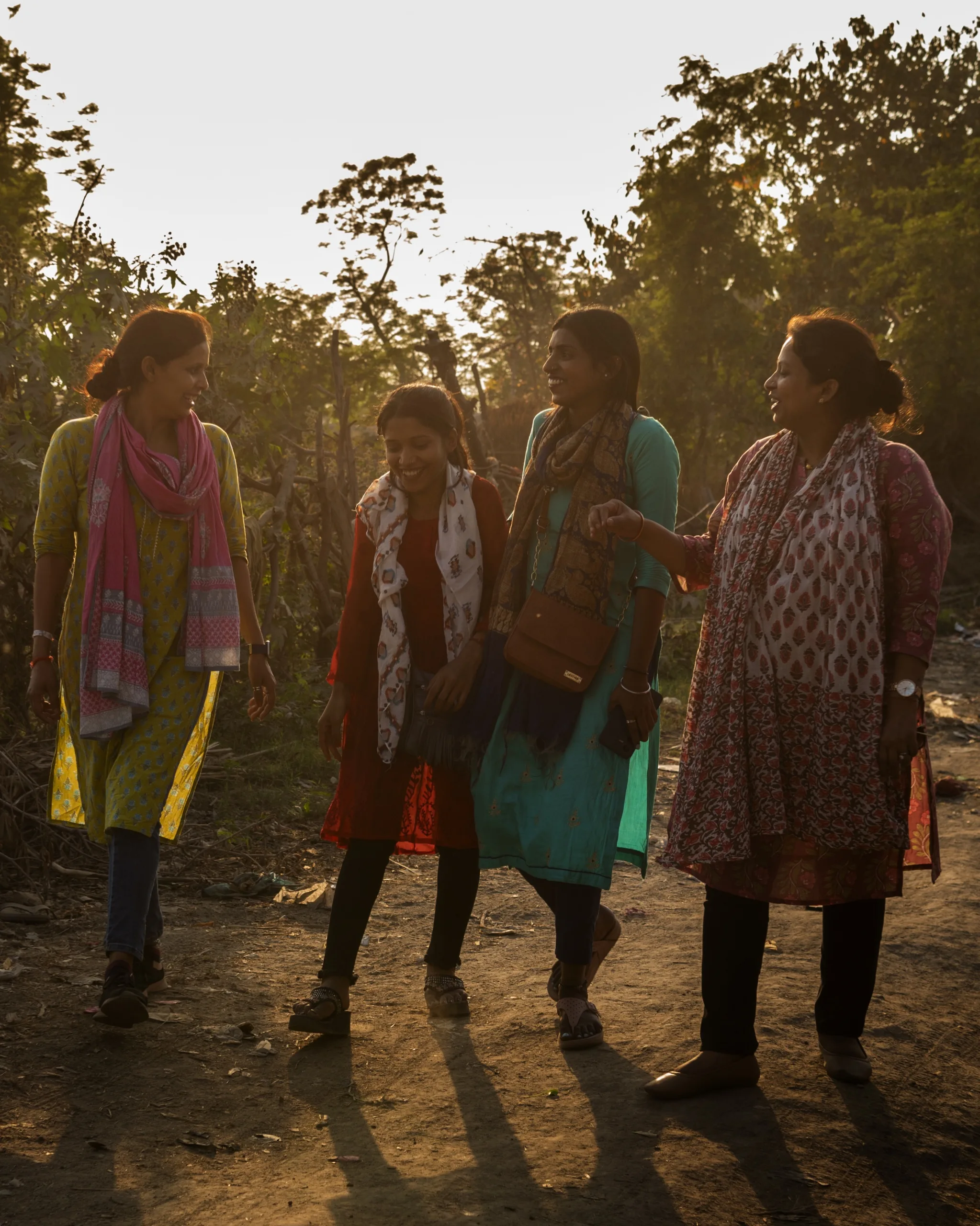
Planting seeds
So far, SEEDS has reached over 6,000,000 people across India. And with their powerful combination of innovative AI, human ingenuity, and passion, they’re on track to help millions more. By 2030 they hope to reach 315 million of the most vulnerable people living in India’s high-risk climate areas, helping them survive, adapt, and thrive.
They also plan to scale their technology and volunteer networks beyond India, particularly to other disaster-prone countries in Asia. But the beauty of SEEDS’ model is that it can work anywhere. You just need AI and passionate people. Like Rinki.
In the 15+ years Rinki has worked in the social and humanitarian sector, she’s likely helped hundreds of people. Thousands even. But she’s far from done. “I’m just one of many of SEEDS mobilizers working across India helping people prepare for and build resiliency against climate change. Because the more prepared we can be before a disaster, the more lives we can save during and after. I want people to know they can do more than just survive—they can actually live better lives.”
Donate Microsoft Rewards points to support SEEDs.
Read more about Microsoft’s commitments to environmental sustainability.
